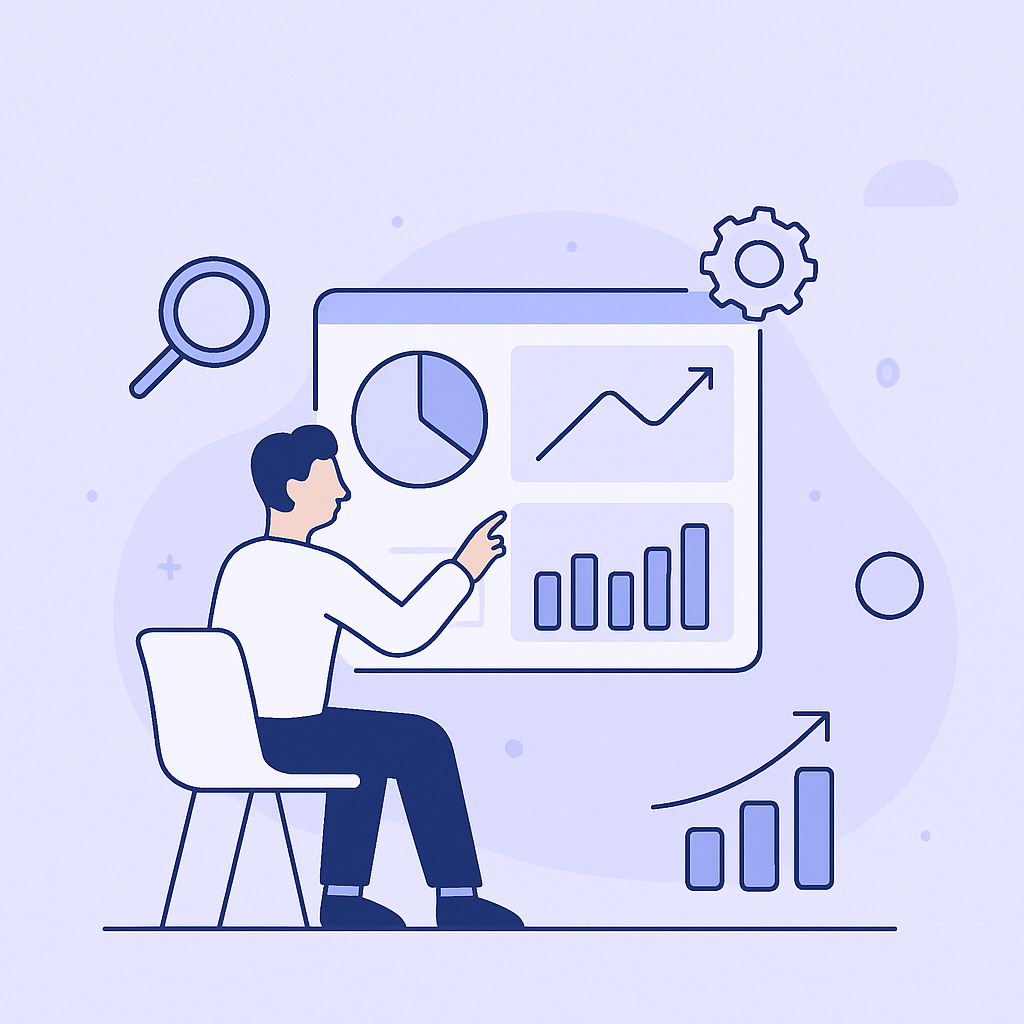
From an internal tool for Customer Success to an AI Self-Service Analytics Startup: the story of Relationchips
Introduction: A Customer Success Problem
In 2017, I co-founded Simundia with Grégoire Schiller and Colombe Mandula. Simundia is the opportunity for an employee to access a coach for 3 one-hour video sessions on the theme of their choice. (public speaking, leadership, work/life balance).
It was an incredible experience!
Here’s how it worked from a business perspective:
Usually, a company would start with a small group, like middle management. Our challenge was to maximize usage and ensure that everyone who signed up completed their coaching journey.
If we succeeded (and we usually did! 😇), HR would expand access to a larger group, and so on… The ultimate goal was to cover the entire company.
To do this, we needed visibility into the different stages of the customer lifecycle (for example, coaching journeys). As a CTO, my goal was to help Customer Success teams be independent and proactive in supporting customers as much as possible. The key in any business is to always stay one step ahead of your customers' needs.
How did I tackle the problem?
I developed several internal tools, including:
- An admin dashboard with aggregated monthly data
- A client-specific dashboard with key metrics to track
- Automated alert scenarios triggered by business rules:
- If a user hasn’t done X within Y days, create a task or send a Slack alert
- If the overall account hasn’t reached goal Z after X months, send a Slack alert
One major frustration for Customer Success teams is not knowing where to focus their efforts. With this custom-built system, I was able to highlight priority tasks. It allowed us to scale our operations during the first four years.
The Downside
But… my product roadmap was split: 50% for customers and 50% for operations. That’s not ideal for a startup that wants to move fast.
- Did I succeed in making teams proactive? Yes!
- Did I succeed in making them autonomous? Unfortunately, no.
Before every QBR or strategic meeting, teams needed to dive deeper into the data. Tracking dashboards were no longer enough.I kept receiving CSV export requests like:
"Can you give me an extract of client A’s data for the last three months?"
These were legitimate requests. They often ended up as a nice Google Sheets chart in a client presentation.
Looking at the Bigger Picture
In most companies, very few people know SQL, and even fewer understand the data schema. On top of that, the average company uses around ten different tools that don’t communicate with each other. Building a dashboard that aggregates data from multiple sources becomes a complex mission.
You have two options:
- Hire a team of 4-5 people to build a data department and solve the problem.
- Do nothing.
There’s no real middle ground.
But AI is opening new possibilities to revolutionize business intelligence.
The Future of Self-Service Analytics
We can finally set up real self-serve analytics, where anyone can query data independently without writing a single line of SQL!
AI can do it. And AI understands your data schema.
Yes, this makes a lot of developers and data teams bristle… but it’s time to make the shift. Your business teams will thank you!
That’s exactly what Thomas and I decided to tackle. Because we’re passionate about this topic, because it’s hard and complex, and because it will change the way millions of companies work.
Don't hesitate to follow our adventure, and join us on this journey.
It's going to be exciting!
Vincent






